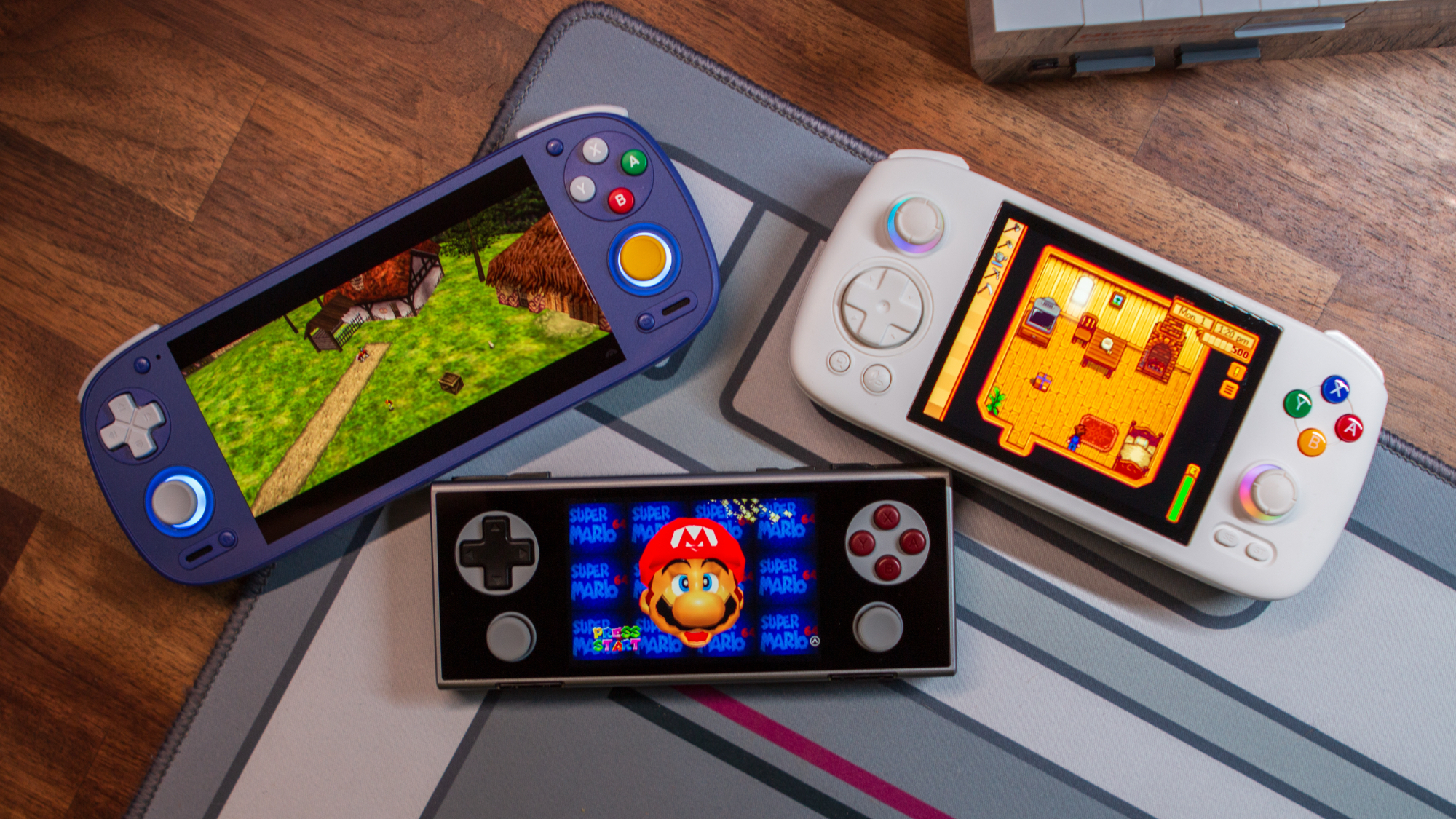Samsung Galaxy S10 vs. iPhone 11: Which should you buy?
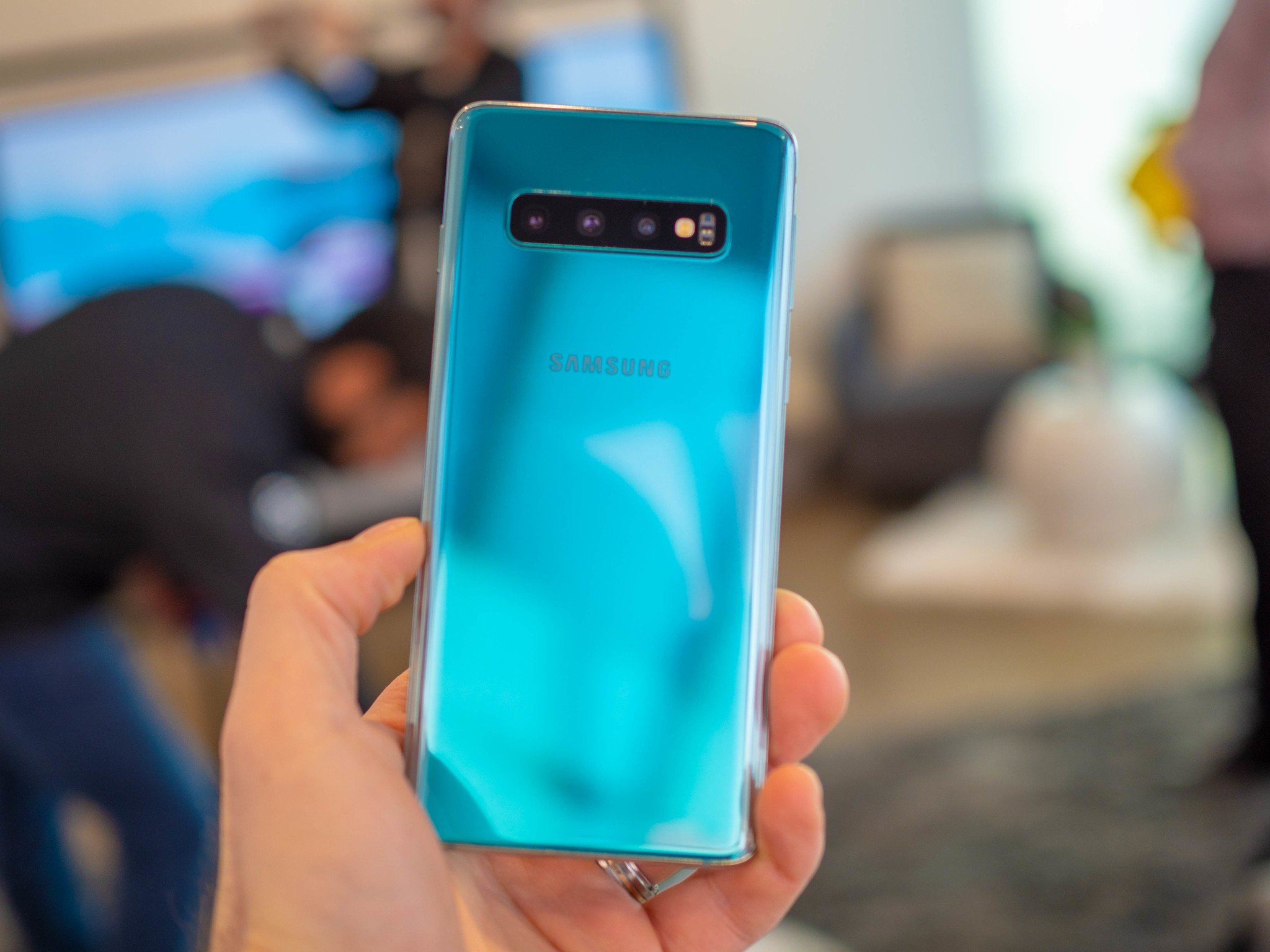
Samsung Galaxy S10
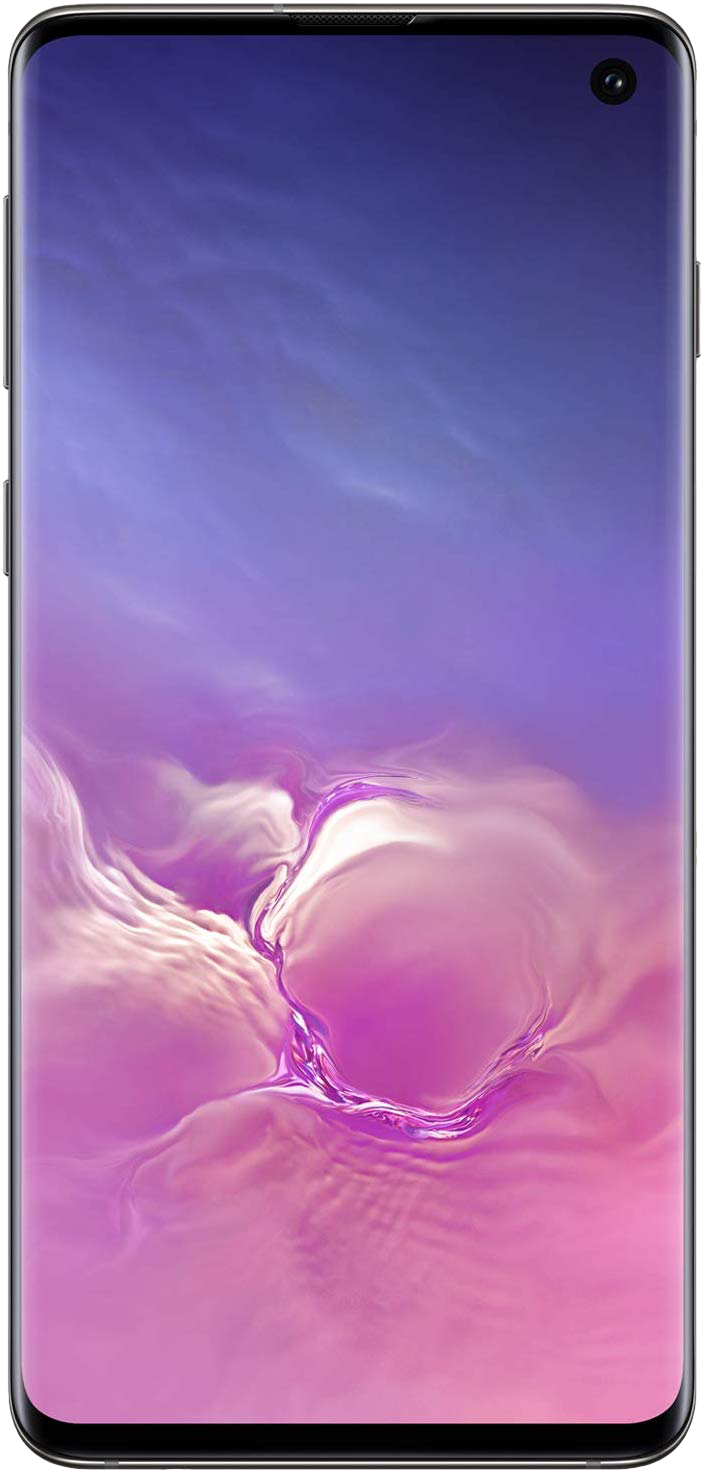
The Galaxy S10 was one of our favorite phones of 2019, and it's still at the top of a shortlist of elite phones. It was the first to introduce the hole-punch display and offers an identical experience to the premium S10+ for $100 less.
Samsung Galaxy S10
Old reliable
Apple iPhone 11
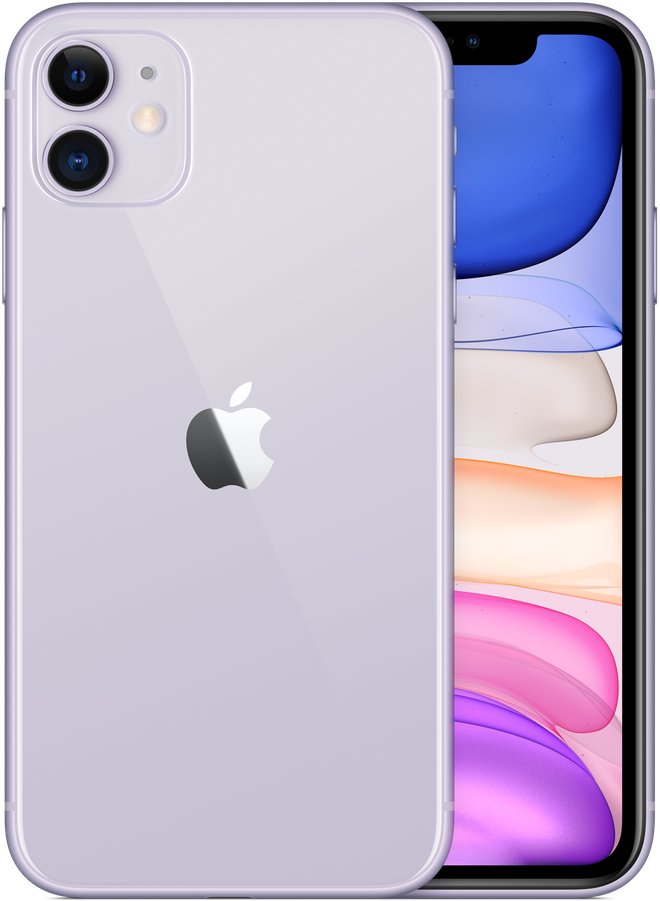
Sure the screen may not be as high-res or even OLED, but it's still pretty darn good. The battery life is amazing, and the cameras are some of the best around. This phone is an extraordinary value for the iOS faithful.
Apple iPhone 11
Fan favorite
As of early 2020, the iPhone 11 Pro and Pro Max are the cream of the crop for Apple, and the S20 lineup sits at the top of the mountain for Samsung. However, it's fairer to compare last year's Samsung S10 to the "regular" iPhone 11. Sure there is a newer Galaxy S series, but in reality, these two phones are only separated by about six months, so they're in the same technology generation and, therefore, are more comparable.
How they compare
The iPhone 11 came out nearly half a year later than the Galaxy S10, but that doesn't make a whole lot of difference in this spec comparison. Apple and Samsung have long prioritized different features in their flagships, and these popular phones are no different.
| Header Cell - Column 0 | Samsung Galaxy S10 | Apple iPhone 11 |
|---|---|---|
| Operating System | Android 10Samsung One UI 2.0 | iOS 13.3.1 |
| Display | 6.1-inchAMOLED3040 x 144019:9 | 6.1-inchLED Liquid Retina1792 x 82819:5:9 |
| Processor | Qualcomm Snapdragon 855 | Apple A13 Bionic |
| Storage | 128GB512GB | 64GB128GB256GB |
| Expandable | Up to 512GB | ❌ |
| RAM | 8GB | 4GB |
| Rear Camera 1 | 12MP Main CameraOISf/1.5 - f/2.4 aperture | 12MP Main Cameraf/1.8 aperture |
| Rear Camera 2 | 12MP Telephoto CameraOISf/2.4 aperture | 12MP Ultra WideOISf/2.4 aperture120° field of view |
| Rear Camera 3 | 16MP Ultrawide Cameraf/2.2 aperture | ❌ |
| Front Camera | 10MP Main Camera | 12MP selfie cameraf/2.2 aperture |
| Battery | 3,400 mAh | 3110 mAh |
| Charging | 15W wired chargingQi wireless charging | 18W wired chargingFast Wireless Charging |
| Reverse Charging | Wireless Powershare | ❌ |
| Charging Port | USB-C | Lightning |
| Water Resistance | IP68 | IP68 |
| Security | In-screen ultrasonic fingerprint sensor | Face ID |
| Audio | Stereo speakersDolby Atmos3.5mm headphone jack | ❌ |
| Dimensions | 5.94 x 2.78 x 0.31 inches | 5.94 x 2.98 x .33 inches |
| Weight | 157 grams | 194 grams |
It may be an oldie, but it's still a goodie
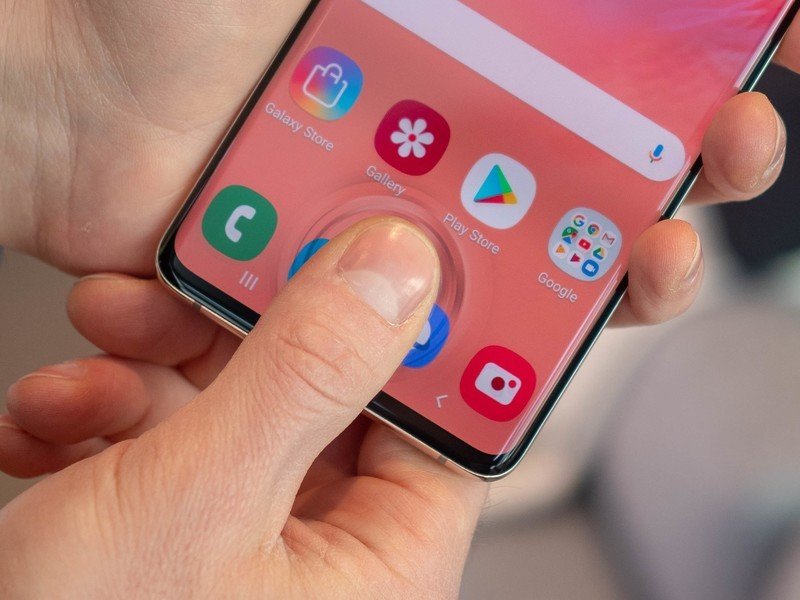
It has quickly become the norm for top handset manufacturers to release multiple tiers of their "flagship" devices. Apple did this with its iPhones, but let's not forget that this arm of the Galaxy brought us the standard S10, the smaller, more affordable S10e, and the huge S10 5G (not counting processor variants between these devices). Ironically, the one device that seemed to get overlooked the most from this group was the "regular" S10.
The Galaxy S10 series was the first from the company to introduce what it called the Infinity-O screen, featuring a nearly edge-to-edge AMOLED panel with a tiny hole-punch cutout at the top right of the screen for the selfie camera. It was moderately polarizing, but most appreciated the additional screen real-estate. Now many phones have adopted this tactic to reclaim pixels.
Speaking of that screen, the S10 sports a gorgeous 6.1-inch AMOLED panel that blows away the standard definition display on the iPhone 11. This was also the first device where Samsung put a fingerprint scanner into the screen itself. While this ultrasonic authentication method is fairly secure and certainly technologically-forward, Samsung's initial implementation was wildly inconsistent and finnicky.
Be an expert in 5 minutes
Get the latest news from Android Central, your trusted companion in the world of Android
The S10 is quite the zippy performer, packing the Qualcomm Snapdragon 855, which can handle any task you throw at it. It was one of 2019's most capable phones, and even in 2020, it outclasses many Android flagships. The one area that it may not measure up to the likes of Apple and Google is in the camera department. While the S10's shooters are by no means bad, and they are better than most other Android phones out there, they can't quite compete with Apple and Google's AI processing and machine learning.
Last but not least, the S10 series was the first from Samsung to introduce the company's new One UI interface on top of Android 9 Pie. While still a skin on top of Android, many have praised Samsung for taking less of a heavy hand in its approach to Android. Of course, there is still Bixby to contend with, but it's not like Siri is all that amazing either.
Forget "Pro," this is THE iPhone
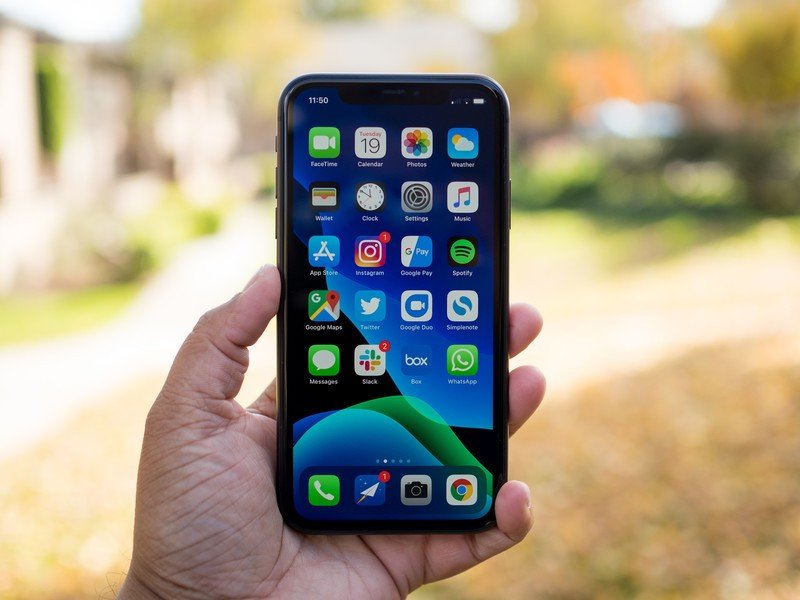
I write for Android Central and rock my Moto with pride, but I also carry an iPhone, so I have a particular interest in this comparison. My iPhone is 2018's XR, which surpassed expectations due to its impressive battery, good (but not great) screen, and built-in Apple extras. By all accounts, Apple took what was successful from the XR, upgraded the processor, gave it an extra wide-angle camera, bumped the battery, and rebranded it as the iPhone 11, or the default iPhone for most people.
Not only can Apple fans get almost the same camera experience as on the more premium iPhone 11 Pro and Pro Max, but they are treated to a smorgasbord of color choices, including pastel shades of green, yellow, and purple, as well as my favorite, the Product Red version. Around front, the device didn't change in any noticeable way from the XR, sporting the same Face ID and selfie camera, as well as the same LED Liquid Retina display. True, it doesn't compare to the OLED panel on the iPhone 11 Pro models nor the Samsung Galaxy S10, Note 10, or S20 lines, but it's not bad. Not at all.
With iPhones, you also get access to all the Apple goodies like iMessage, AirDrop, Memoji, and even Apple's new subscription gaming service, Apple Arcade. While it's great that the iPhone 11 offers wireless charging, it doesn't allow for high-speed wireless charging. The wired charging still takes place over Apple's proprietary Lightning cable, and that tops out at 15W (though you only get a 5W charger in the box). Some say this is because Apple is conservative when it comes to its battery management, but others feel this is just a stingy money grab.
Decision time
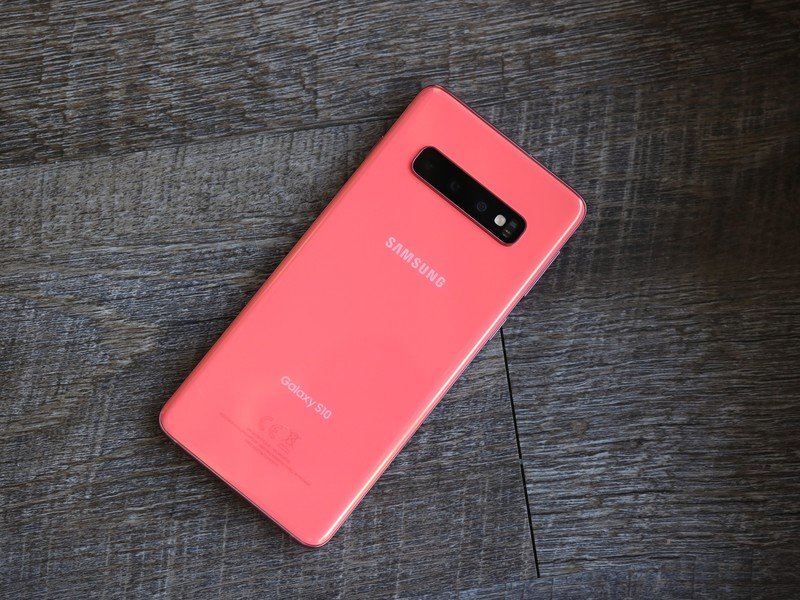
On paper, each phone has advantages over the other, but we don't live our lives on paper. The entire experience of using a phone, its OS, and its ecosystem is far more important than whatever differences in specs separate these devices. By this point, most people have settled down into one camp or the other, so trying to convince you to jump ship from iPhone to Galaxy, or vice versa, is probably a waste of time.
Bottom line, if you have around $700 or so to spend and you want the best phone experience for that price, these are probably the top two phones you're going to be looking at whether you're an Android aficionado or you identify as an iOS fan. If we were to choose one, however, it would be the Galaxy S10 thanks to its great display and storage options.

Jeramy was the Editor-in-Chief of Android Central. He is proud to help *Keep Austin Weird* and loves hiking in the hill country of central Texas with a breakfast taco in each hand.
